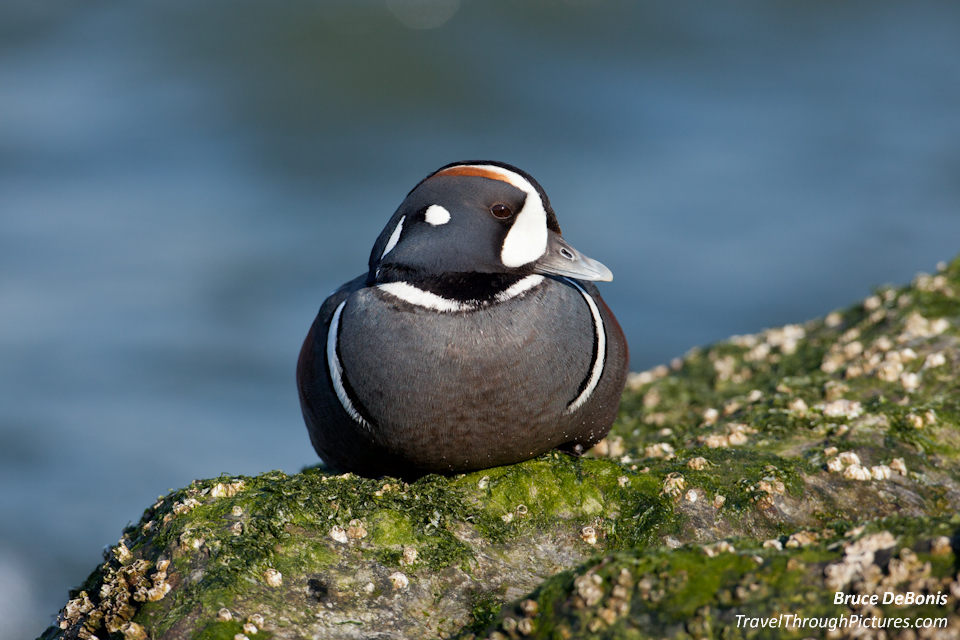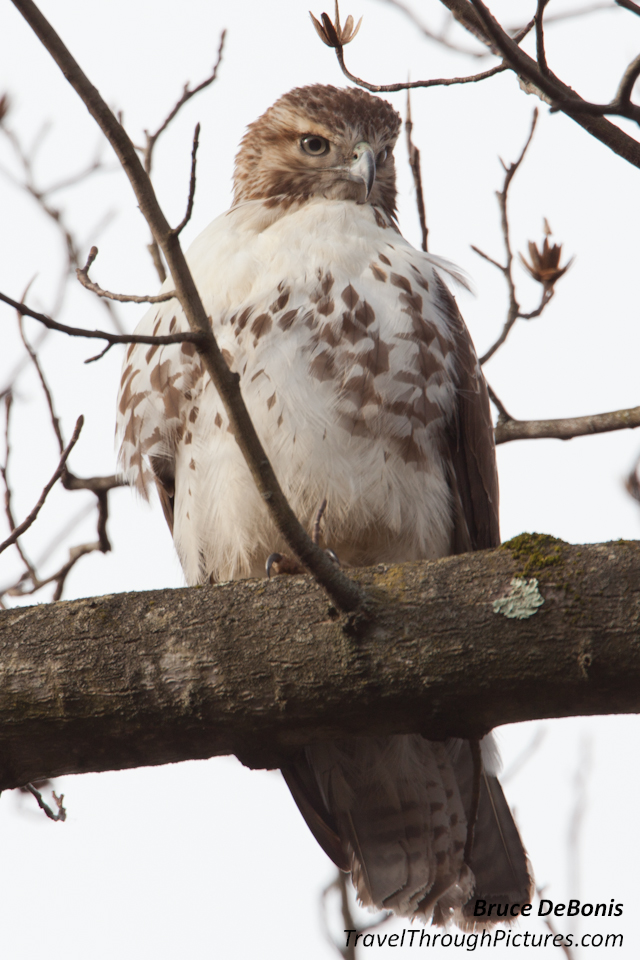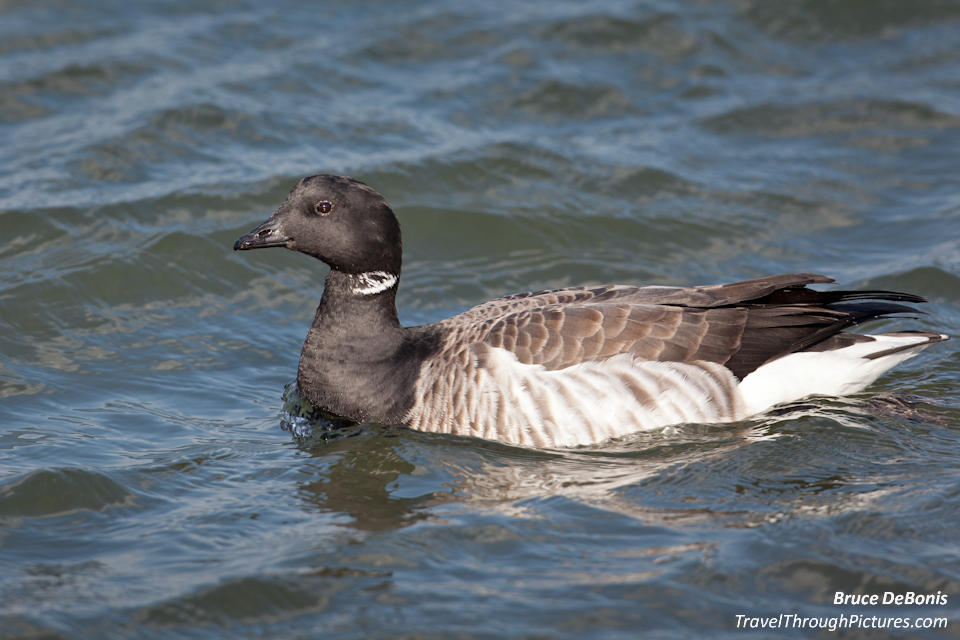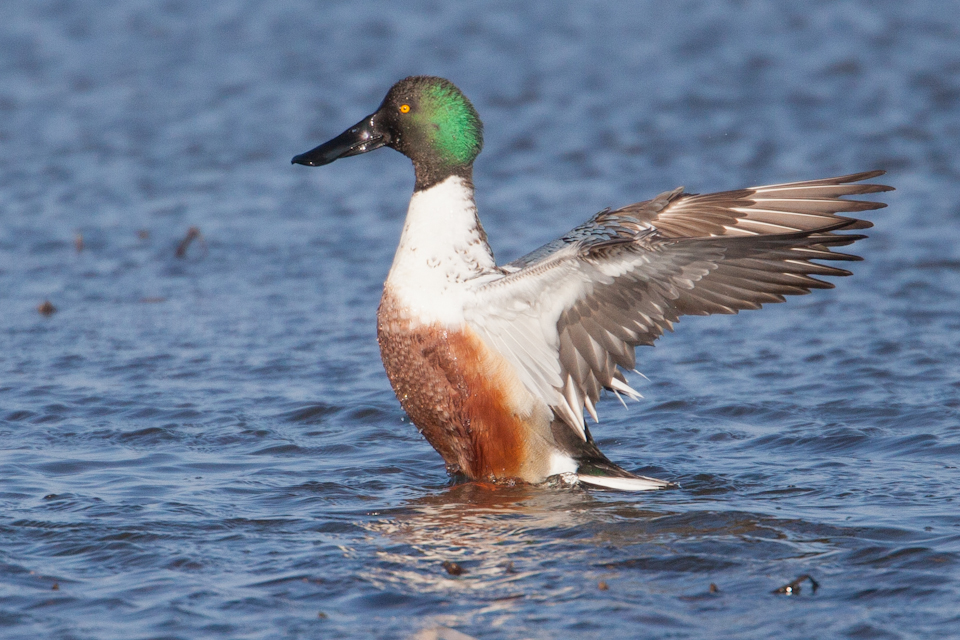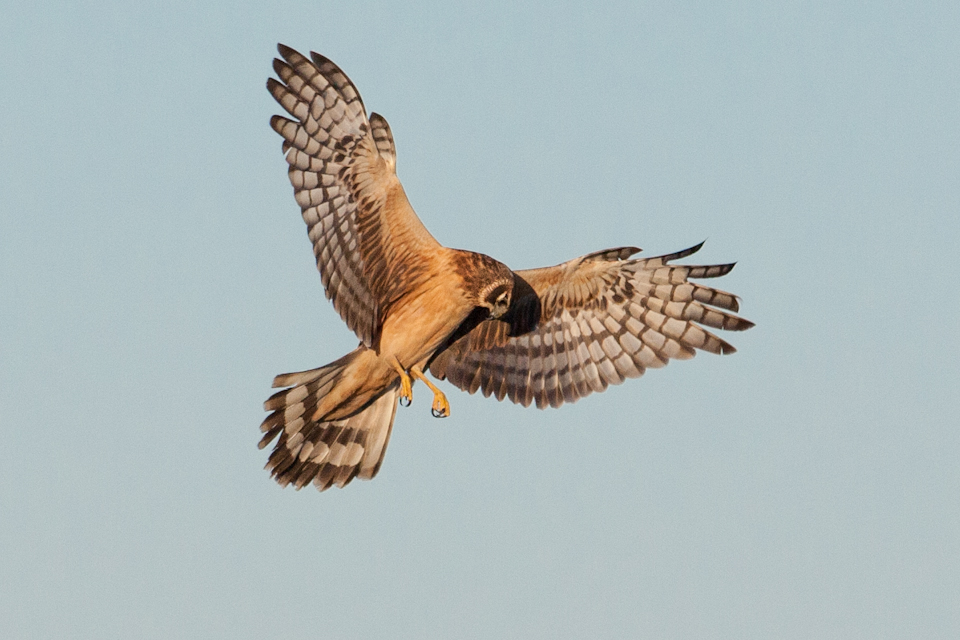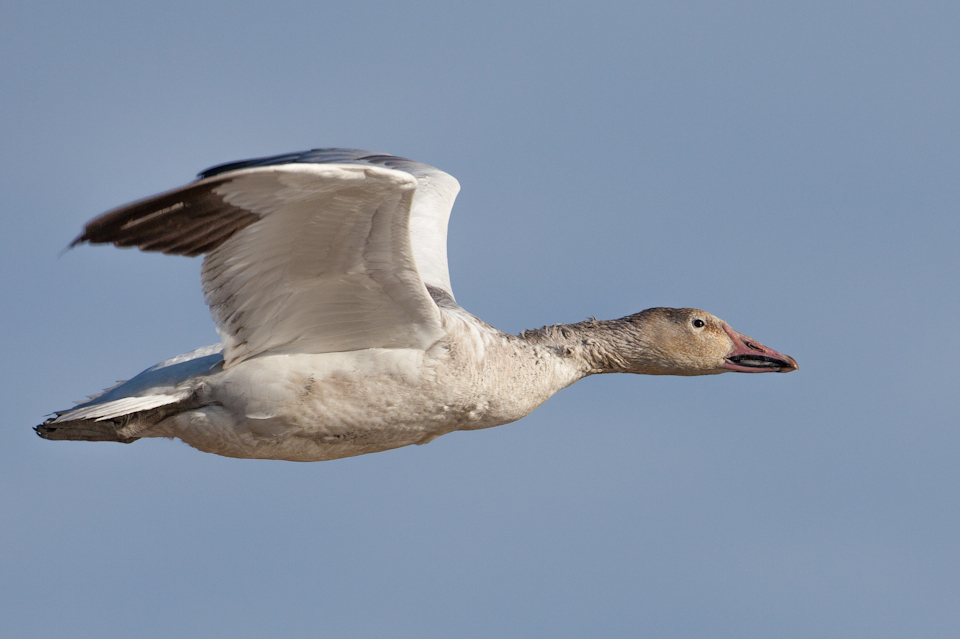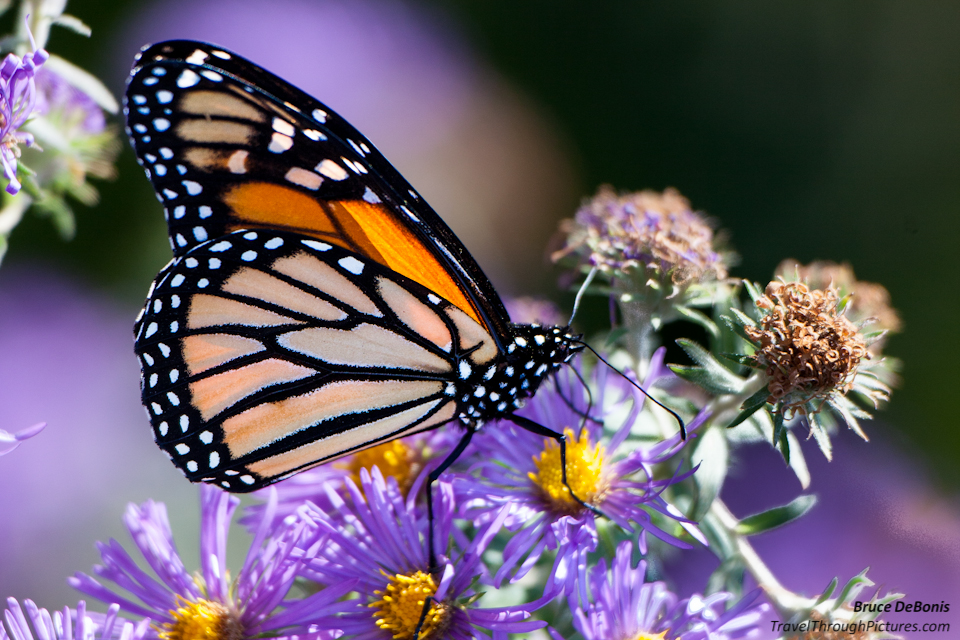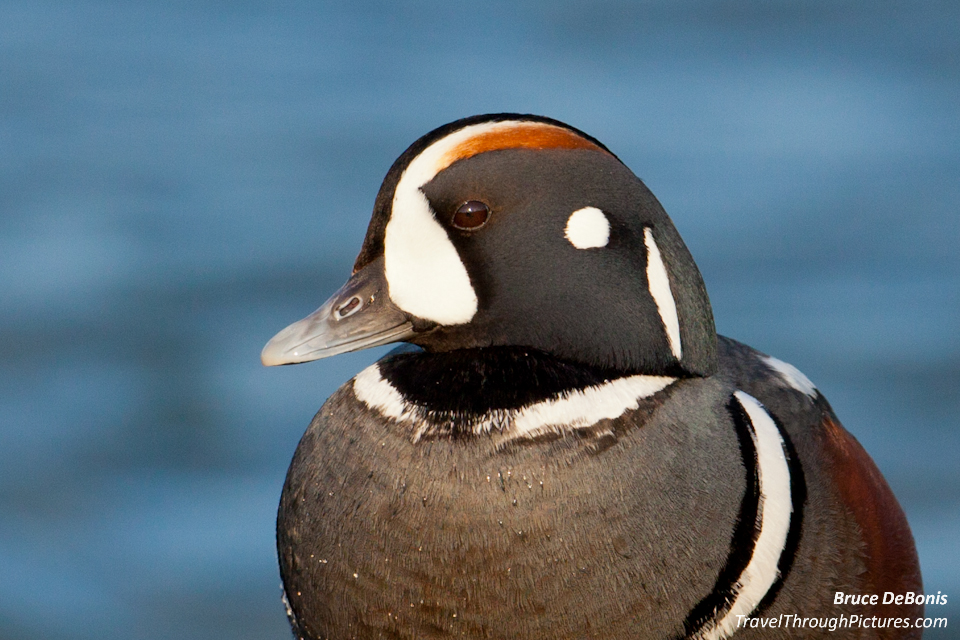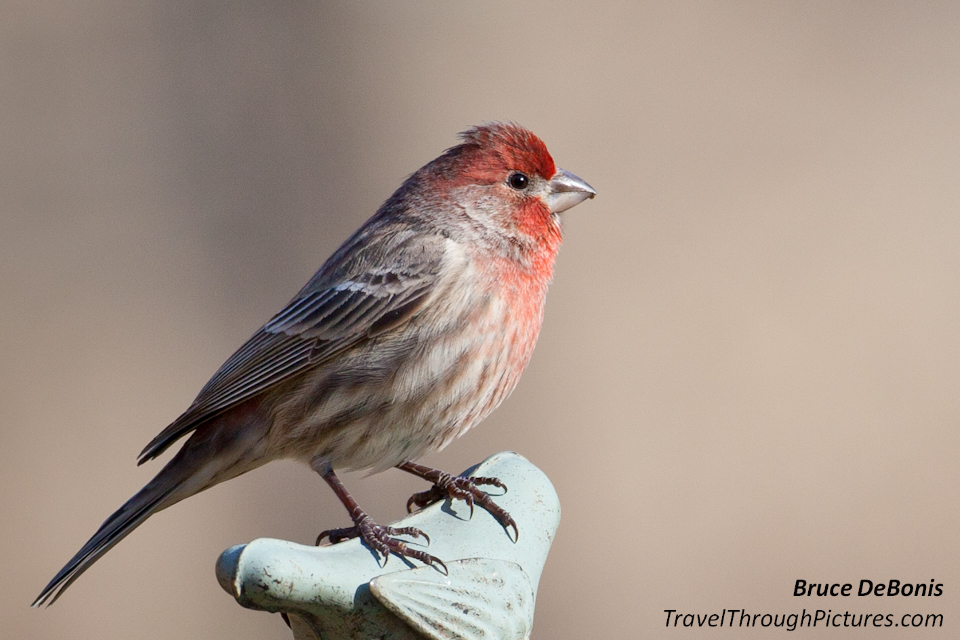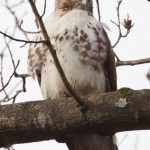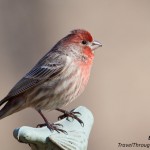Cannon 500mm f/4.0 L IS Review, Buying Used, and Usage
Woohooo! Lookie what I’m swinging. A 500mm Japanese hardwood bat. This thing makes you a great photographer just for owning it. Besides the fact that I can be stupid with my limited funds, I am very happy I grabbed this expensive lens – no regrets. This thing is really fun. I took all the pics above with this lens.
This was my dream lens. When I started shooting birds, Canon’s 500mm, 600mm and 800mm lenses were pure fantasy, but for whatever crazy logic I used on myself, I pulled the trigger and purchased the 500mm f/4.0 L IS on the used market.
My intent here is not to provide a detailed lens review, there are plenty of good ones out there, but describe what it meant to me, an amateur, how I purchased this used, and provide you with some real life information. Not all was smooth buying this lens used.
First, what you really want to know:
- This was selling new for $7,000;
- I paid $5,700 for it used;
- It was about three years old and rarely used;
- It gave me problems at the start; and,
- I love it.
Ok, some background if you should be considering, or dreaming about being a large member of the telephoto length club. Read on…..
Why You Need a Big Lens
If you want to shoot birds, you need to be swinging some serious lumber. Canon’s Japanese hardwood lenses, the 500mm, 600mm and 800mm are pretty legend and are used by serious bird photographers worldwide. But honestly, other than that, I haven’t really found much of a need for one. I have shot some macro with it and got great results (you will need stacked extension tubes to get close focus) but you can do macro with many other lenses, particularly zooms with extensions tubes.
I have shot the moon with this and even captured the four big moons of Jupiter with it, but after you’re done doing that, then what? You need more of a reason that this.
But I love shooting birds. Shooting birds is really tough for many reasons and I think the challenge is most of the allure. I was never a serious Birder Brain, but I do love being outside and taking these challenging pictures. So, if you really like taking pictures of evolved dinosaurs, or small things from far away, then you need one of these big lenses.
Why you Don’t Need a Big Lens
It may surprise you, but I get great results from my fantastic Canon 70-200 f2.8 L IS II lens. With my 21 high-megapixel count 5D Mk II, I can crop it way way down even to 100% and the pics still look fantastic! Cropping to 100% is making each picture pixel match each pixel on your computer monitor. Since pictures from your camera have way more pixels than are on your screen, you have plenty of room to zoom into the details of your shots. I haven’t done the math, but cropping down this far has the effect of adding big millimeters to any lens. If you put a 1.4x teleconverter on it you can get 280mm albeit with some loss of picture quality as cropping down to 100% will show all flaws now made worse with the teleconverter.
Even with my 500mm, probably 25% of my keepers could have been achieved with my 70-200 lens and heavy cropping. It hurts to say this but it really is true. But the joy of this bigger lens is the other 75% that you can only get with one of these glass behemoths. Besides, you should see the eyes of observing chicks pop out when I pull out this monster. Yes, it is worth it just for that.
So, if you have a high mega pixel body, you may want to save your money and buy a really high-quality zoom like the Canon 70-200 zooms and crop like crazy. You will get great results and a ton of use from that zoom.
If it sounds like I am trying to talk you out of a big lens like this, I am not. I love this thing and it is really fun to use. But I do have to be honest about its value to me.
Why I chose the 500mm and not the 600mm or 800mm
Honestly, price played the biggest factor as the price really jumps with the other sizes, but I was willing to stretch and get the 600mm if I felt it was worth it. So I headed up to NYC to the B&H Superstore to fondle each. I very quickly decided that the 600mm is just too darn big and heavy. The 500mm is plenty heavy enough for me. My thinking is that I have to live with this thing, haul it around, put it into luggage, fit on my lap in my car, and sling it and a tripod over my shoulder. Put simply, it had to be useable in many situations. Sure there are times I wish mine was bigger especially when I see the folks ogling some lesser-guy’s lens log. But when I am hiking through the woods with my tripod and lens pressing on my neck and shoulder, I am very happy I don’t have to lug that extra weight.
Buying Used
This lens was selling new for about $7,000.00….. I just lost my breath thinking about it…… fwew! So, off to buy used. I ended up buying from an ad in the forum of a popular photo site because I figured enthusiasts, who hang out on these sites, are less likely to rip you off. I have purchased and sold expensive stereo equipment through enthusiast sites before with no problems and found those folks great to deal with, and I suspect, the average low-IQ criminal has little clue what all this stuff is let alone know where to sell it.
I found one for what I thought was a great price of $5,700, was about three years old, and the owner said he only used it a few times. Others were getting more for their lenses and I think this was cheaper because the owner had replaced the white Canon foot with a black Really Right Stuff foot and lost the original. I actually like this foot because not only does it support multiple head screw sizes, it will mount on the popular Arca-Swiss head clamps directly without an adapter. To me this was a good thing as everyone I saw out in the field with these big lenses has some sort of adapter attached to their Canon foot to get the lens to mount on their tripods.
I talked to the owner over the phone, broke a sweat, and pulled the trigger via Pay Pal.
Uh Oh, Problems – Buying Used
When I received the lens, I noticed it had focusing problems. So I rushed the lens up to Canon’s service center in New Jersey and they told me right there that a problem did exist with the lens but they weren’t sure what it was. So, they charged me around $320 to repair it regardless of what the problem was. I contacted the owner, and he immediately refunded this amount back through Pay Pal.
Canon returned it to me noting the focusing mechanism was loose, a pretty expensive repair to what sounded to me as a simple fix. They improved it but it still was not right and I noticed the image stabilization drifted down and to the right where it settled. So, back to Canon and they then replaced the whole IS system at no additional cost. Now it is perfect.
Honestly, I do not fault the seller of this lens. He was gracious and reacted very quickly. I suspect the oils had either thickened or migrated after the lens sat unused for three years. (I am not at all sure about this as I am just making an uneducated guess.) But the way I look at it, I have a new image stabilization system along with a dream lens I got for a great price. If you buy used, try to negotiate a seven or thirty day repair warranty.
Usage – Gotta Spend Even More!!
Just forget about mounting this beast on your existing tripod and head. Just forget it as it is too heavy. I purchased the Birder Brain standard, a Gitzo carbon fiber tripod and a Wimberly II gimbal head. I chose the Gitzo 3530LS tripod which is one size smaller than their largest and it works just great. This added about $1,100 to the total. Why not buy used? I just couldn’t find these for sale and when I did, they went for near new prices.
Oh, and yes, you do need a carbon fiber tripod for two reasons: 1) lower weight, and 2) vibration dampening. I actually carry this lens and tripod through the woods and I will tell you, it is heavy. Don’t even think of getting something other than light carbon fiber. Carbon fiber also dampens jiggles and vibrations and with a 500mm lens, this makes an important difference with its quick settling.
I didn’t buy a travel bag for it as many other say is a necessity. I just wrap it in a towel and put it in the trunk of my car. No big deal. The Canon carrying case is really big and just not practical for normal use.
Usage – Shooting Without a Tripod
I can’t do it. I can’t hold this thing and shoot. I am no wimp but I find it just too heavy and no way can I hold it steady. Others can and they do get great results, but I can’t. Although I have to say, the other day I was setting up but didn’t have my tripod out yet and an Osprey came blasting 50 feet away from me. It must have been the adrenalin because I swung that log around, aimed it and peeled off a bunch of shots that had a few outstanding keepers in them.
I have met others that have this exact lens and say they never use a tripod. I have seen their work and they get stellar results. But this is just not me. I need the tripod.
Usage – Focusing Speed and Tips
Other reviews say this lens focuses quickly but I find it is not always fast enough when you are shooting moving birds. It is no slouch but I do want to point out that it is not as instantaneous as my other Canon lenses. Some have said it is the focusing system on my 5D Mk II, but I think it is simply a matter of moving a larger mass over a longer focus range.
It absolutely did not work with AI Servo mode on my 5D Mk II. AI Servo is Canon’s focusing system that tracks a moving object. Then I bumped into someone who had the same lens and he recommended I shut off the image stabilization (IS). That did it! AI Servo tracking now works great. If you think about it, what good is IS when you are moving all over the place tracking these crazy bird movements? I don’t know why IS wrecks AI Servo except maybe it sucks some needed electricity away from the focusing system, but I really have no idea why.
This lens also back-focused but I quickly adjusted it using the micro-focus adjustment in my camera body and all is now perfect. I would never consider buying a body without this capability. When I shot a floating duck at about 30 yards, the focus point was about 2-3 feet behind the bird making any wide open shot out of focus. Setting the micro-focus was tough as I couldn’t use the typical on-screen patterns that work so well with other lenses. I set up spray cans on my driveway and went way way back probably over 120 feet, and made many test shots to get it just right.
The only other gripe I have with focusing is the same as I have with all the Canon lenses I own: the manual focus ring is too sensitive. Small ring movements result in big changes in focus making precise adjustments a pain.
Usage – Depth of Field (DOF)
I will warn you, DOF is pretty thin with this lens and if you don’t study up on this, you will ruin a ton of shots. To better understand DOF for my various lenses and shooting situations, I occasionally use an app for my Android phone called “Depth of Field Calculator for Photographers” by Allan Zhong. Click here to see some shots I took of Terns in Love where I describe the thin DOF of this lens and how it impacts what you can and cannot shoot. You have to temper your expectations with this lens. On the other hand, a thin DOF is great for blurring backgrounds and can make a shot look really professional. But getting great photos requires you to understand your equipment and you need to understand DOF to get the most out of this lens.
Picture Quality
As I noted above, there are plenty of reviews out there and in general, they all say this is a great lens for image quality and they are right of course. What surprised me was how vibrant and saturated colors were. I never expected a lens to do this. Check out the butterfly above. That is pretty much what they looked like right out of the camera as I did very little tweaking in software.
Fun Factor
What can I say about this lens that hasn’t been said before except that it is really fun to shoot with. A total gas.

